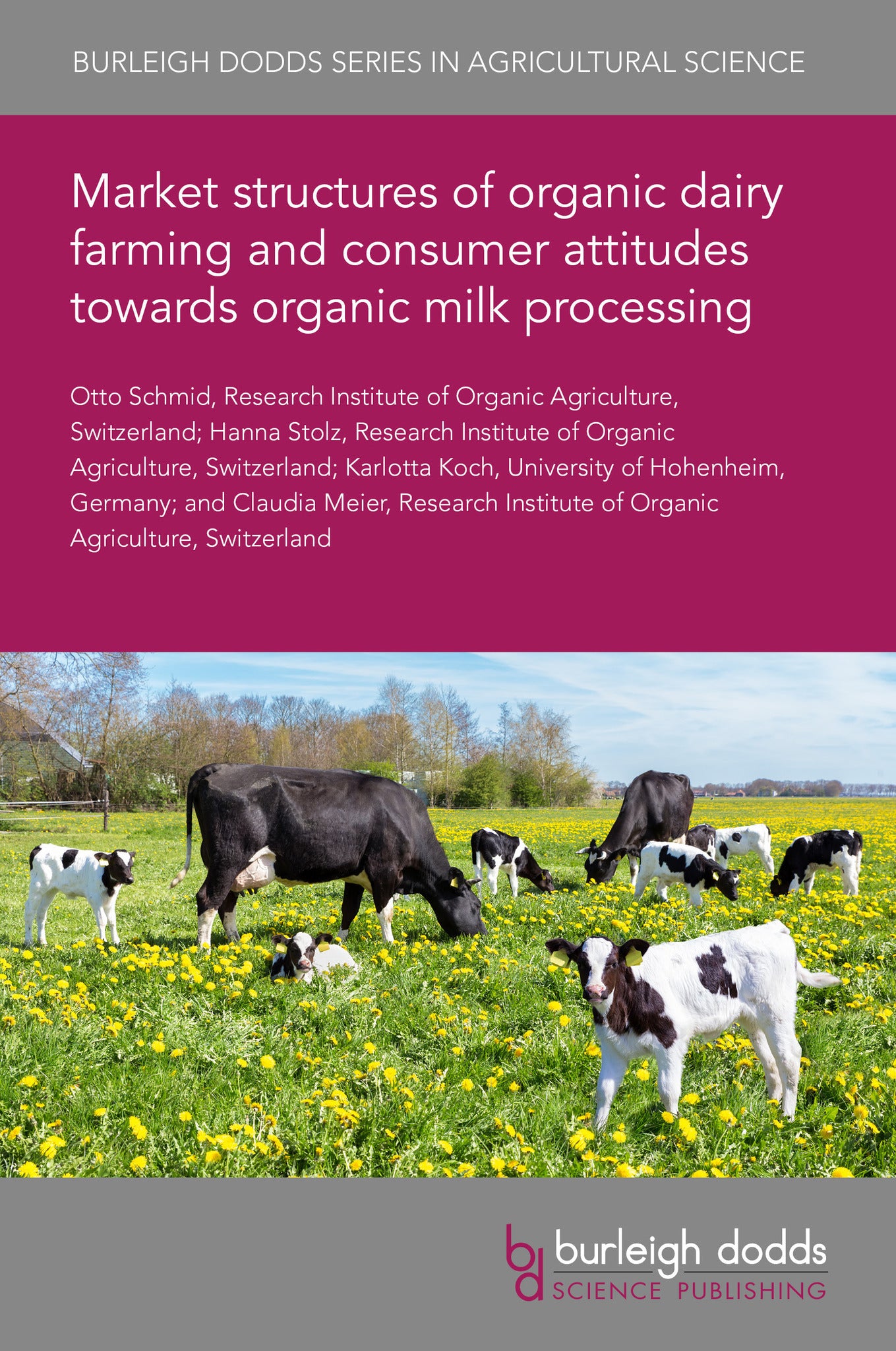We're sorry. An error has occurred
Please cancel or retry.
Market structures of organic dairy farming and consumer attitudes towards organic milk processing

Some error occured while loading the Quick View. Please close the Quick View and try reloading the page.
Couldn't load pickup availability
- Format:
-
18 February 2025

Since 2021, the established retail chains remain dominant, discount retailers are gaining, and traditional organic stores are losing market share. There is growing competition with other labels, especially regional labels, animal welfare labels and hay milk (e.g. grass-fed) labels. A literature review showed that the main motives for consumers to buy organic food were health, taste, environmental protection and animal well-being. When consumers purchase milk, fat content, taste, freshness, price, shelf life, and region of origin are the six most relevant criteria. When introduced to different milk processing methods, organic consumers preferred High Pressure Processed milk (HPP) over pasteurised milk, and had the lowest preference for micro-filtrated milk. This shows that the benefits of specific processing methods, such as the preservation of a food’s natural taste and nutritional content, should be explained more clearly via targeted communication in order to better inform consumer choice.

TECHNOLOGY & ENGINEERING / Agriculture / Animal Husbandry, Dairy farming, TECHNOLOGY & ENGINEERING / Agriculture / Organic, TECHNOLOGY & ENGINEERING / Agriculture / Sustainable Agriculture, Organic farming, Sustainable agriculture

- 1 Introduction
- 2 Regulatory framework for organic milk production and processing
- 3 Market development and structures of organic dairy products in Europe
- 4 Consumer attitudes
- 5 Conclusion and future trends
- 6 Acknowledgements
- 7 Where to look for further information
- 8 References



